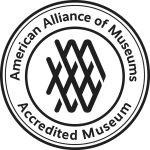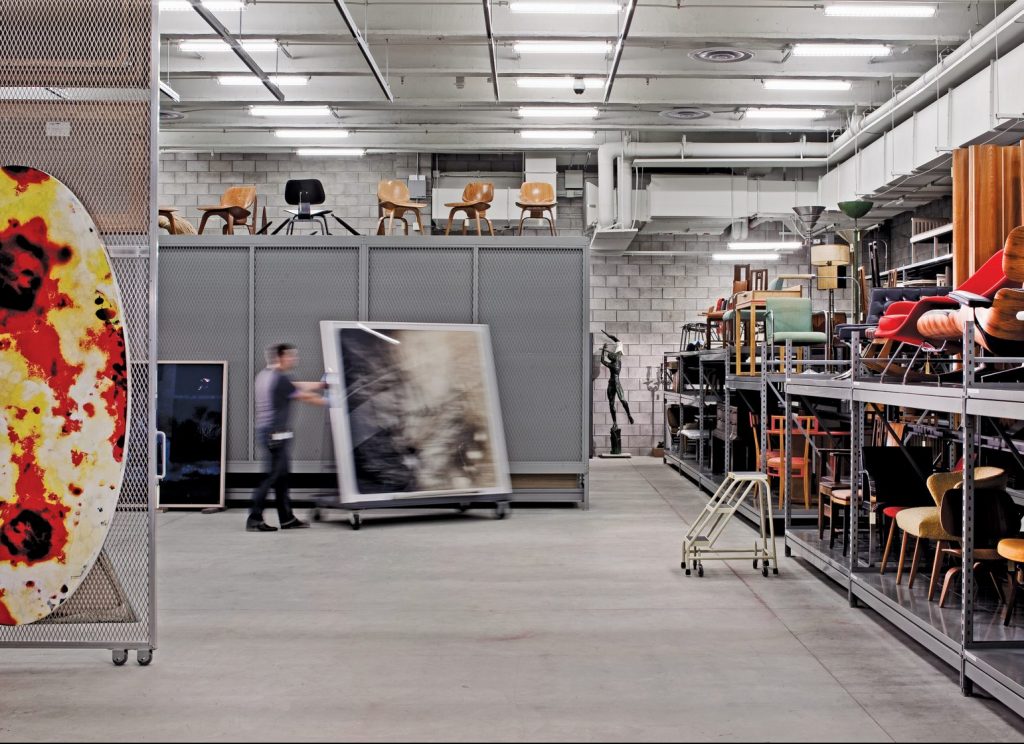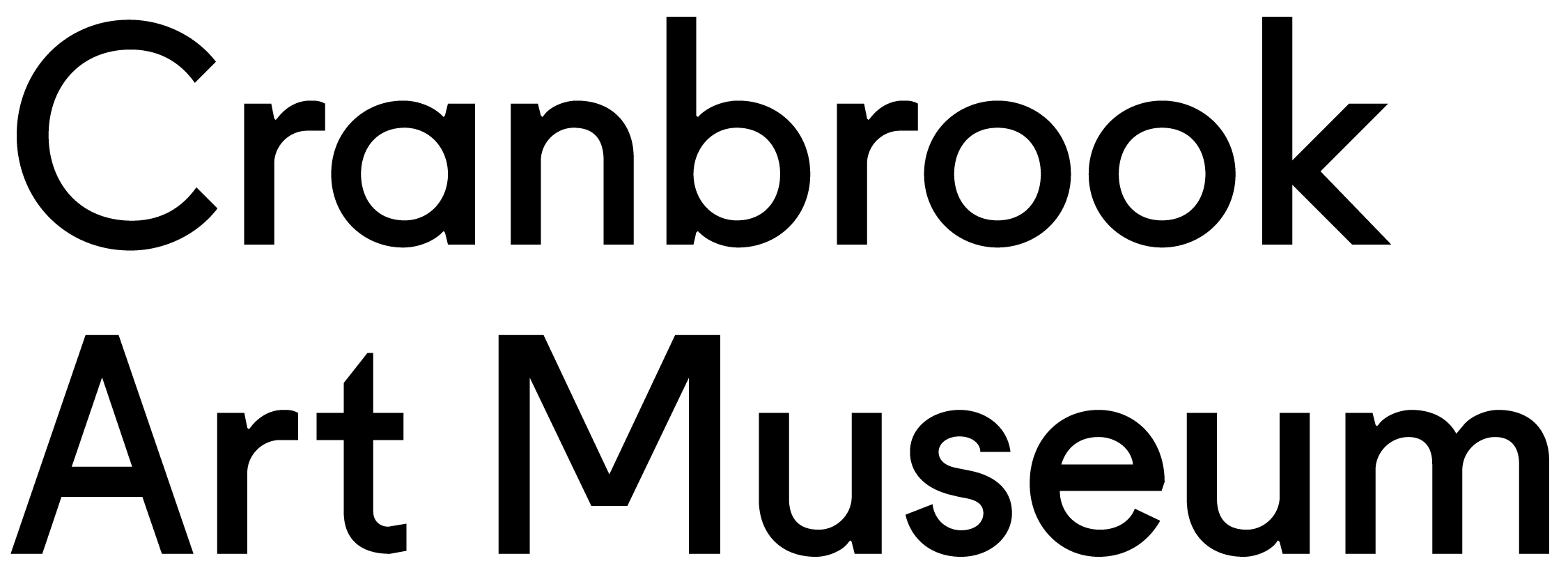Cranbrook Art Museum considers direct care of its collection to be investments or expenditures that enhance the life, usefulness, protection, or quality of its collections. Investments or expenditures that ensure the longevity, accessibility, and safekeeping of the Art Museum’s collection and thereby ensure that the objects will continue to be available to and benefit the public for many years to come are considered direct care of the collection.
As part of the ongoing professional management of its permanent collection, the Art Museum may elect to deaccession objects from its permanent collection. Although very rare, the deaccessioning process is a thoughtfully adjudicated review process that carefully considers multiple factors in its decision-making. As per industry custom and in compliance with our accrediting bodies, the Art Museum only uses proceeds from deaccessioned objects for the purchase of new works of art for the collection or for the direct care of the collection as set forth by the Association of Art Museum Directors (AAMD): Direct care means the direct costs associated with the storage or preservation of works of art. Such direct costs include for example those for (i) conservation and restoration treatments (including packing and transportation for such conservation or restoration) and (ii) materials required for storage of all classifications of works of art, such as acid-free paper, folders, matboard, frames, mounts, and digital media migration. Funds received from the disposal of a deaccessioned work of art shall not be used for operations or capital expenses except as provided above. Direct care does not include (a) salaries of staff or (b) costs incurred for the sole purpose of temporary exhibition display.
Cranbrook Art Museum is accredited by the American Alliance of Museums (AAM).






